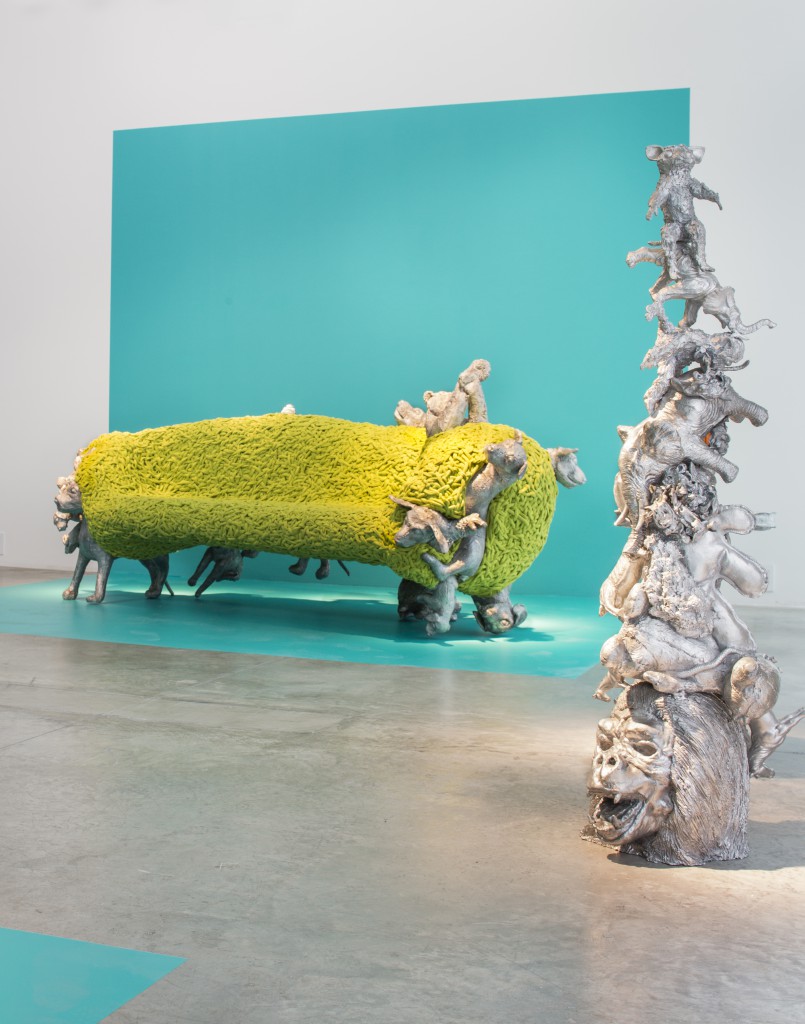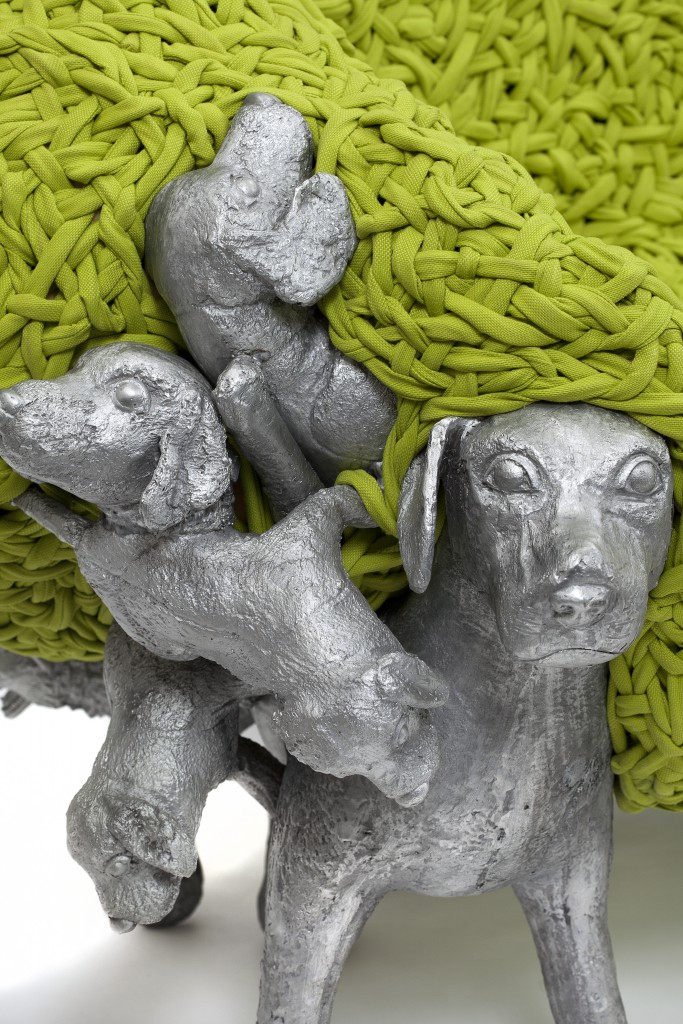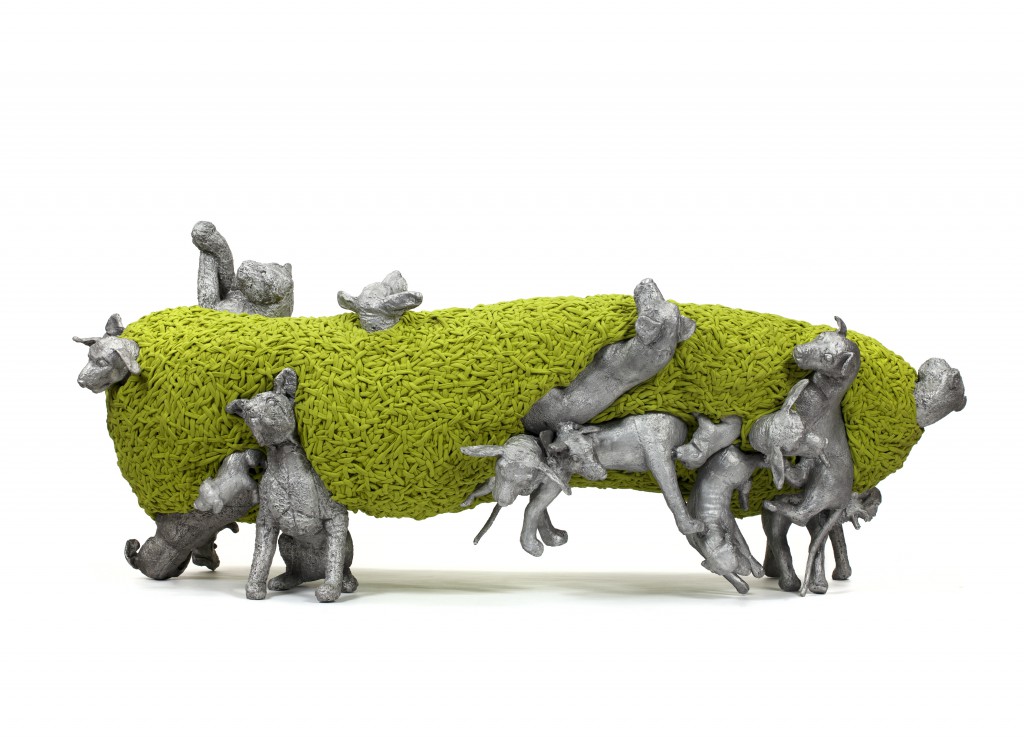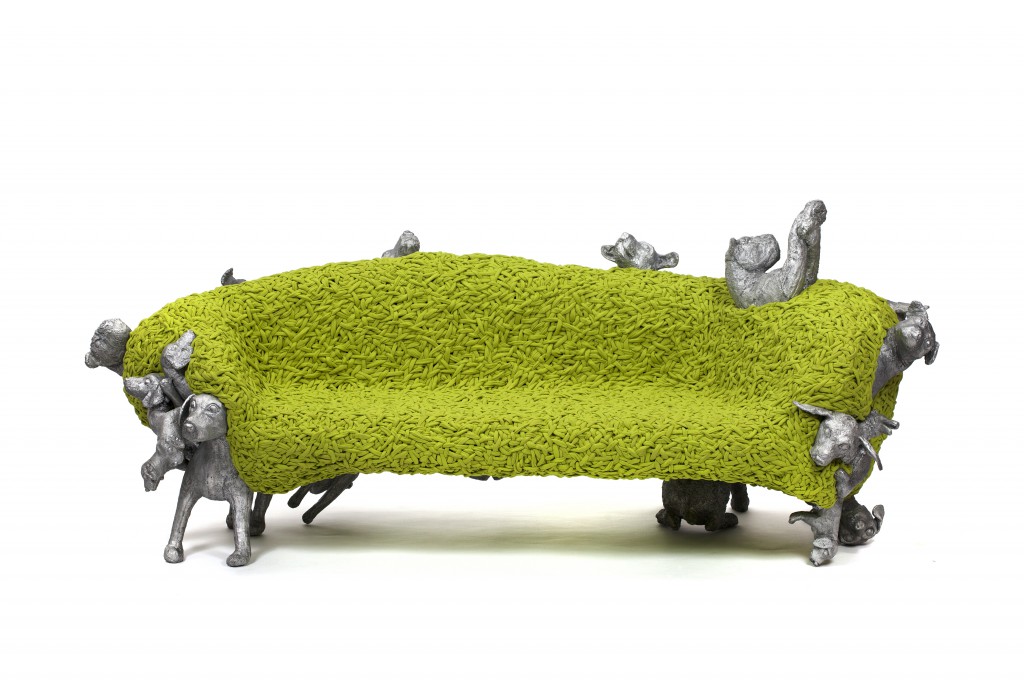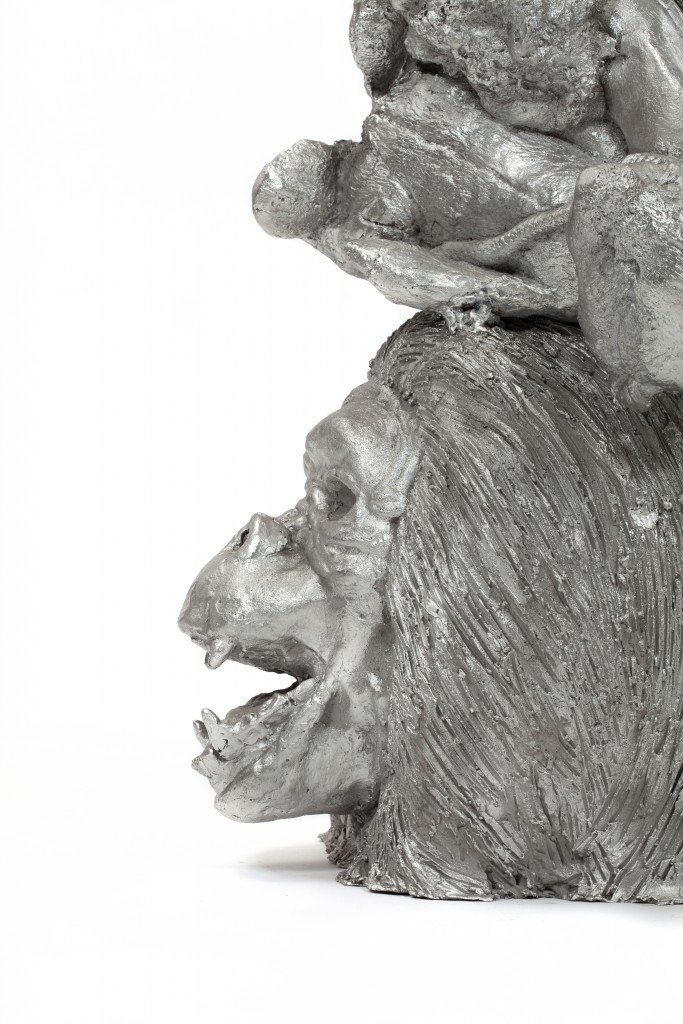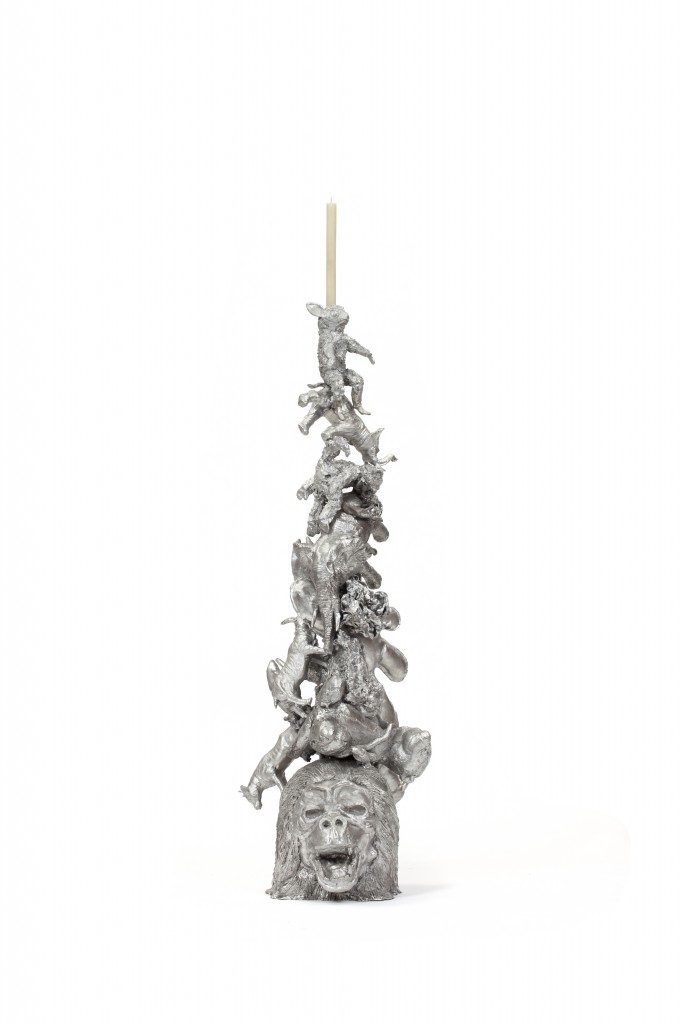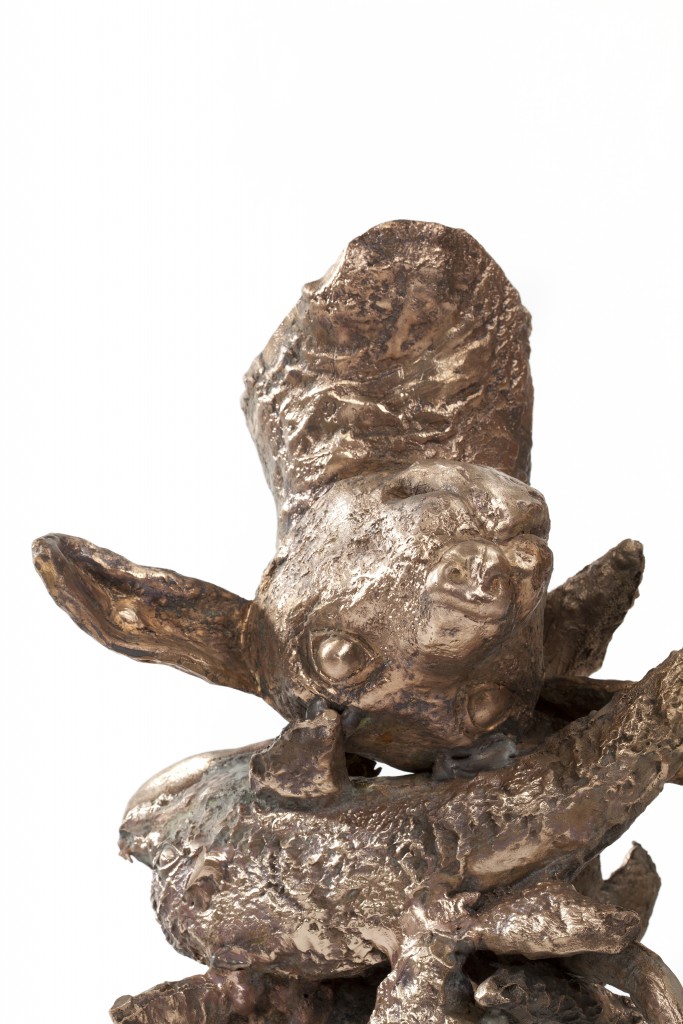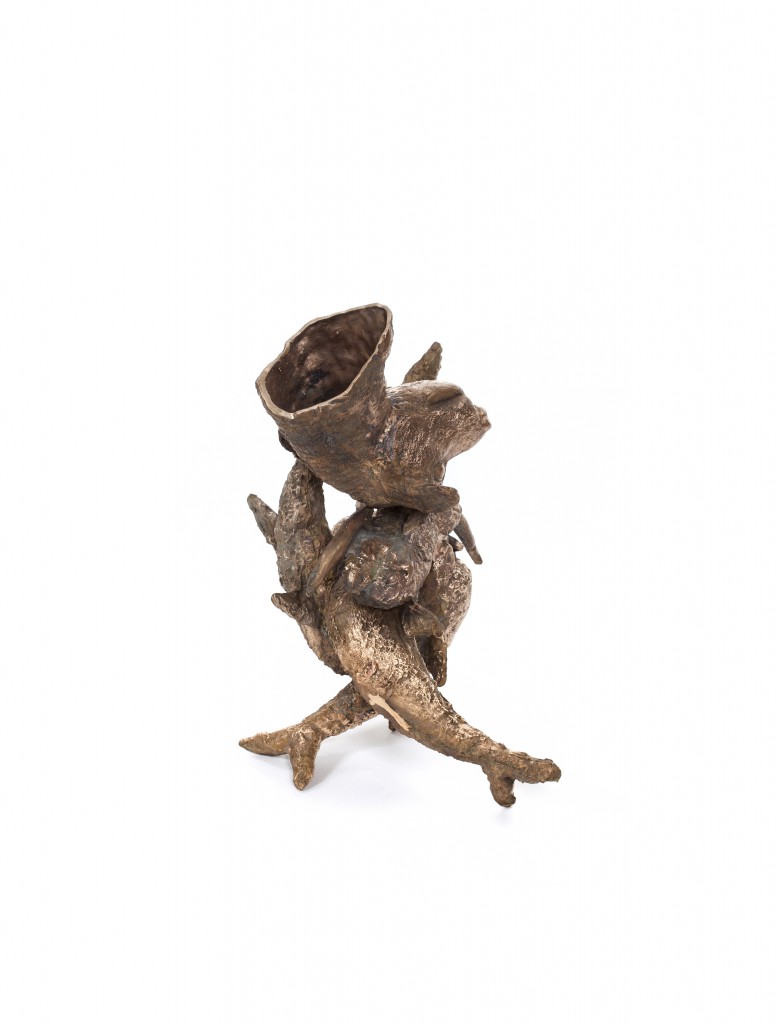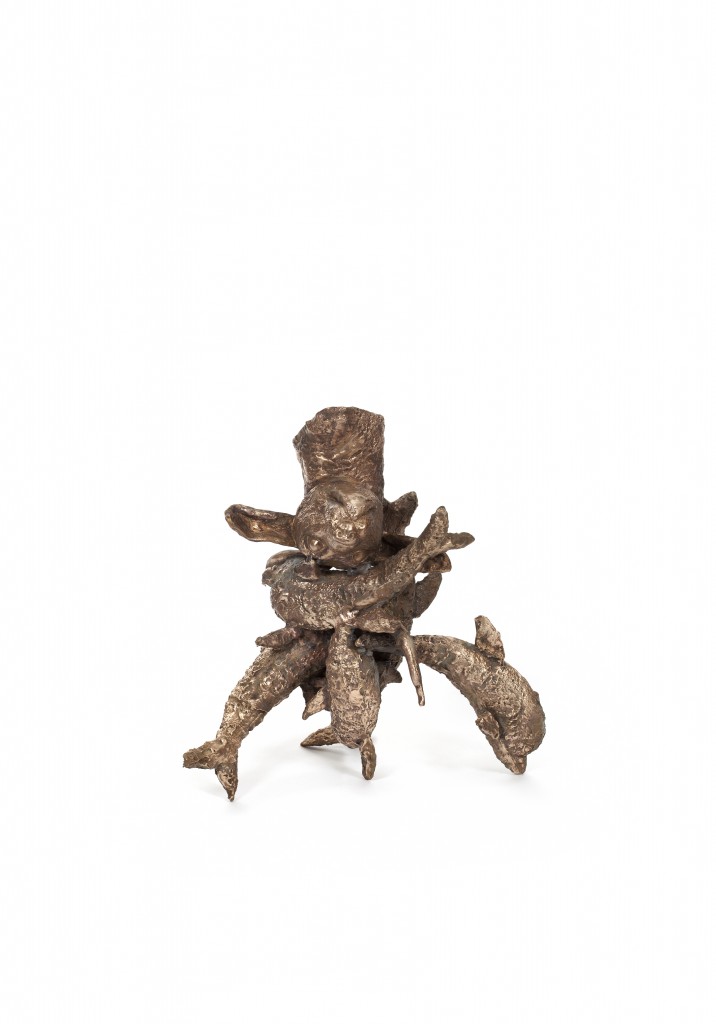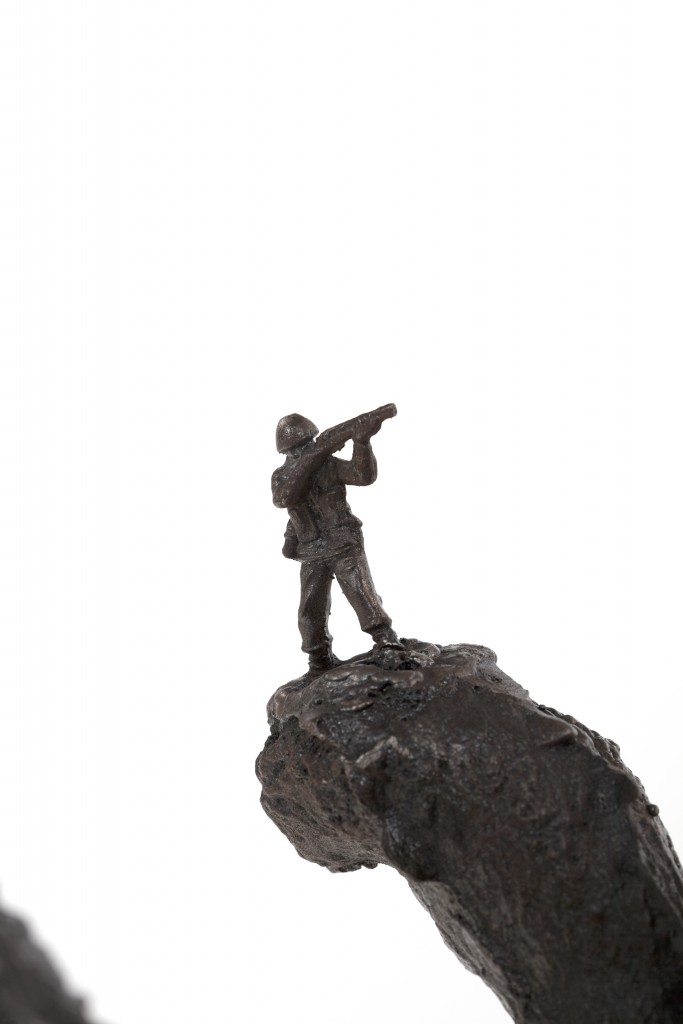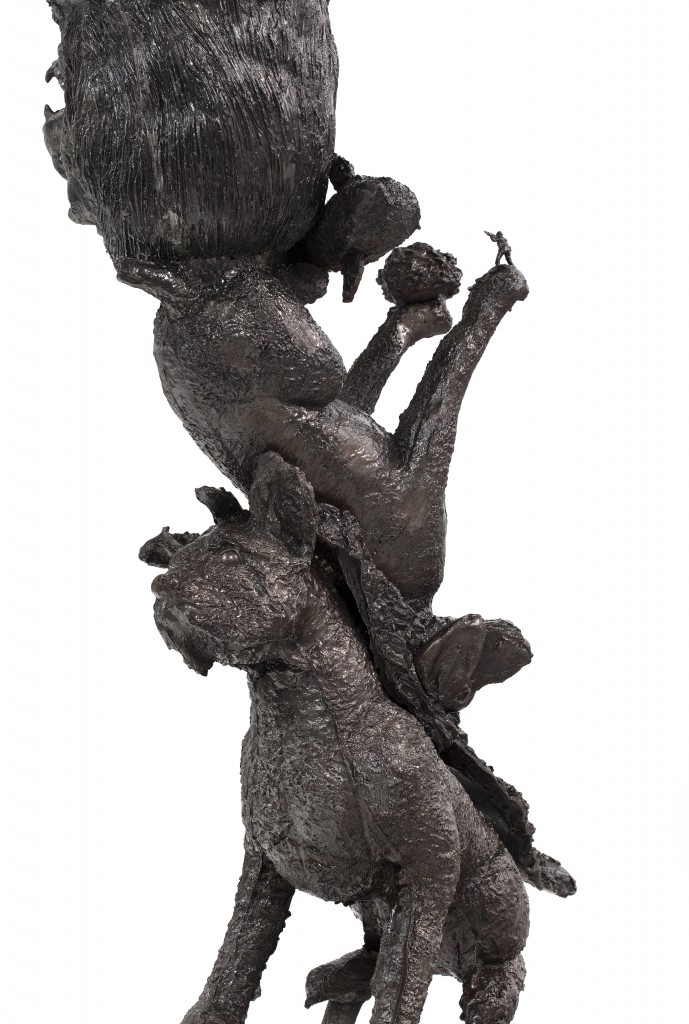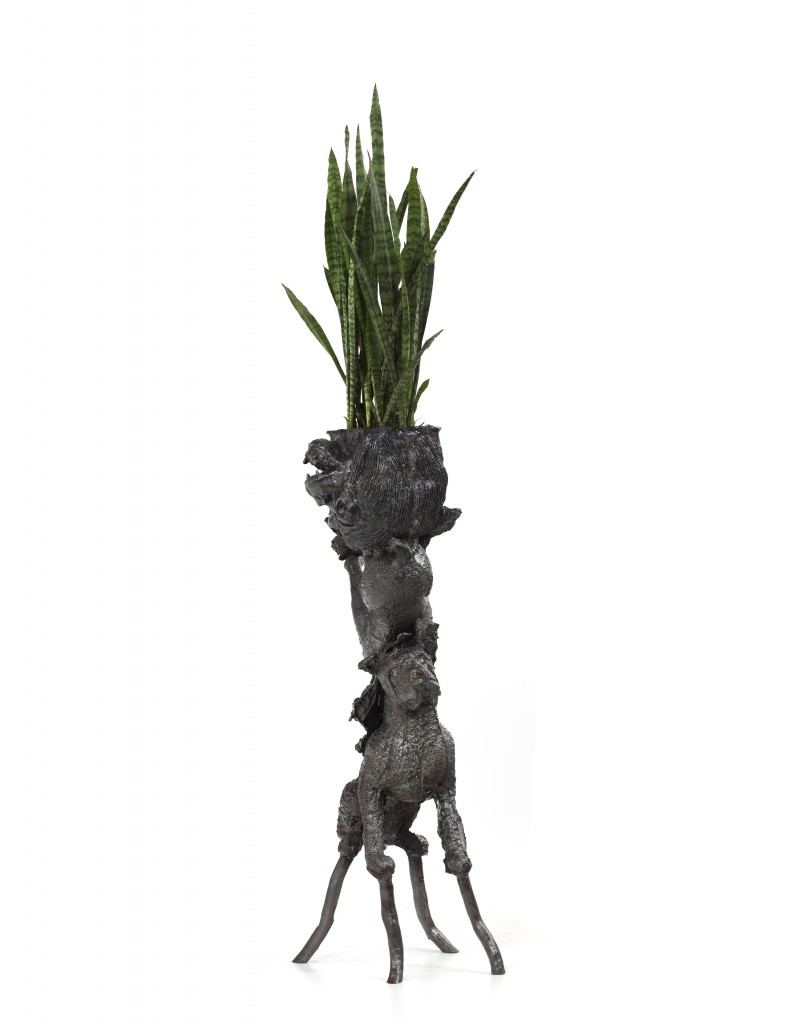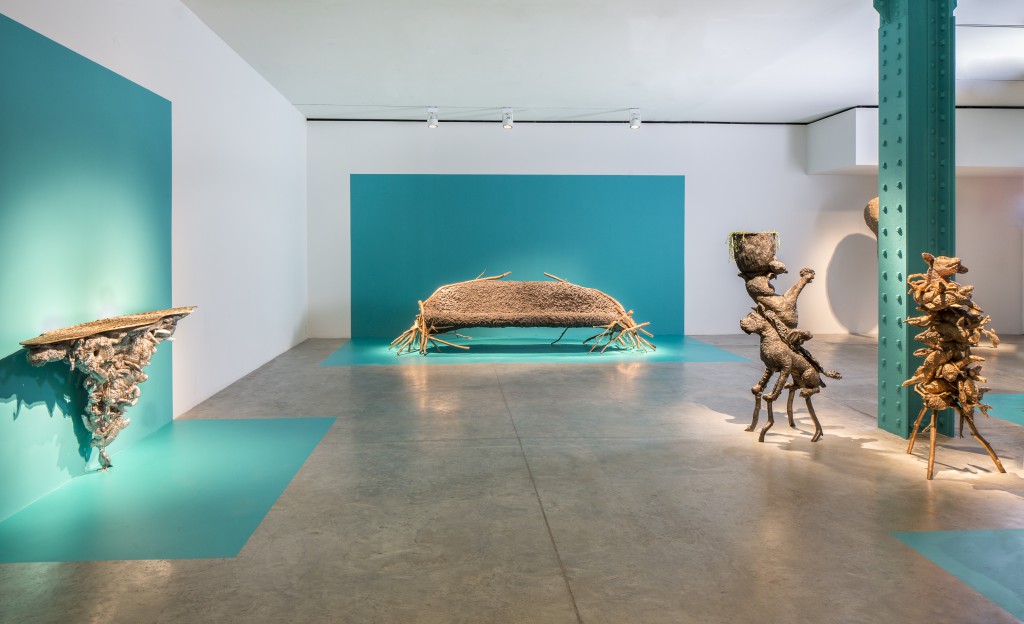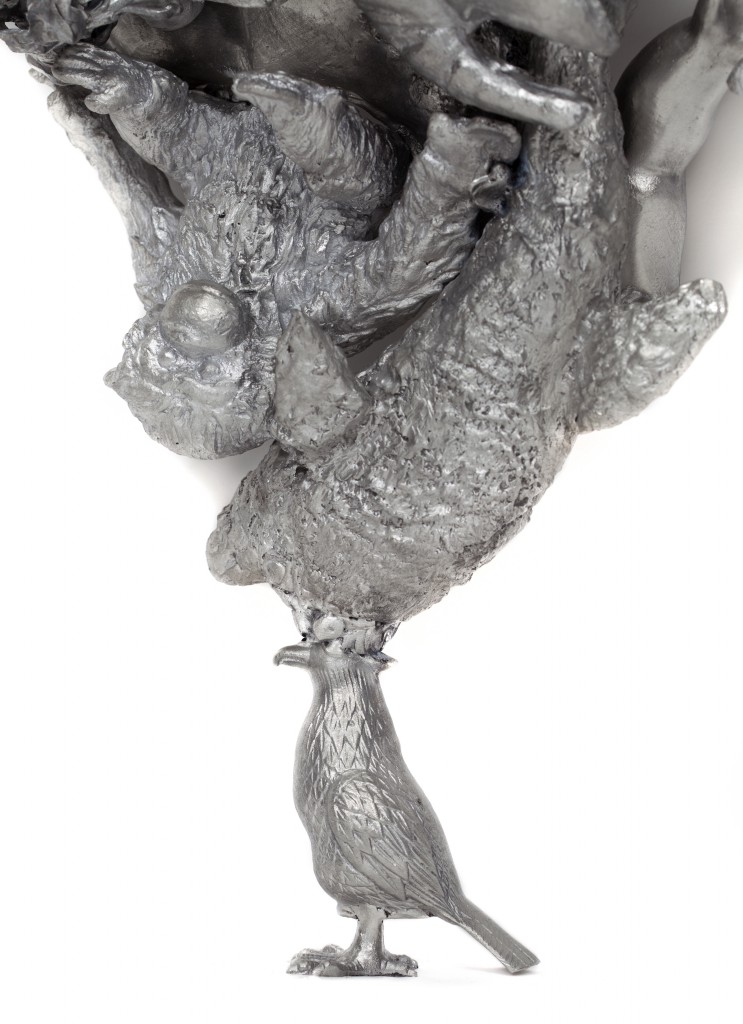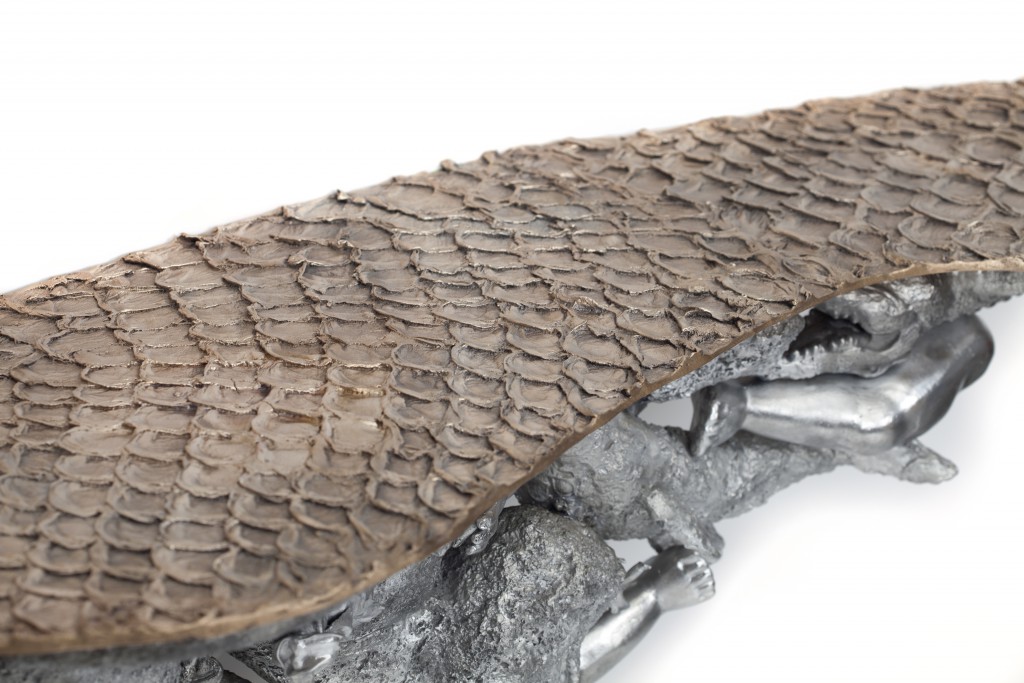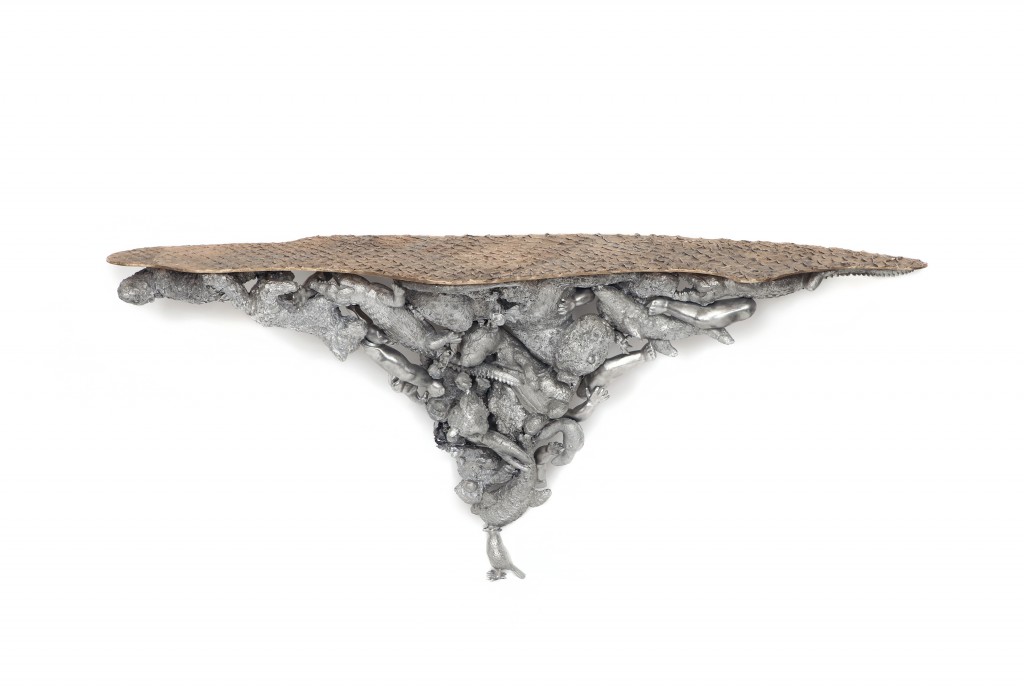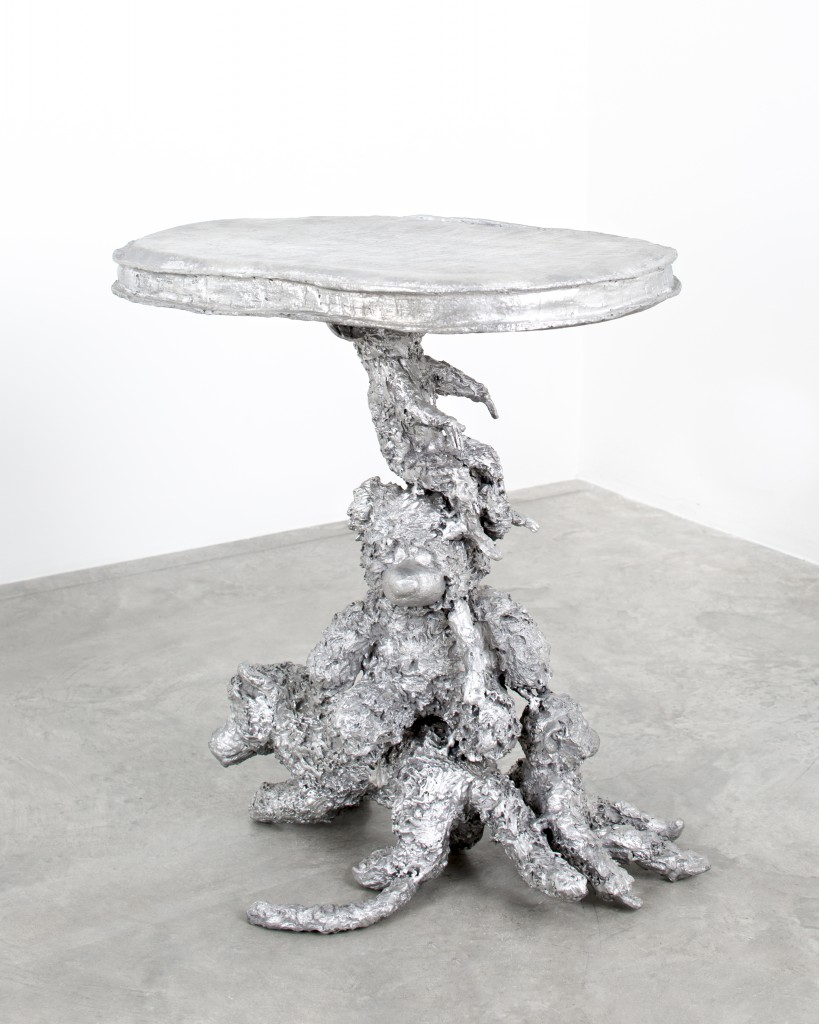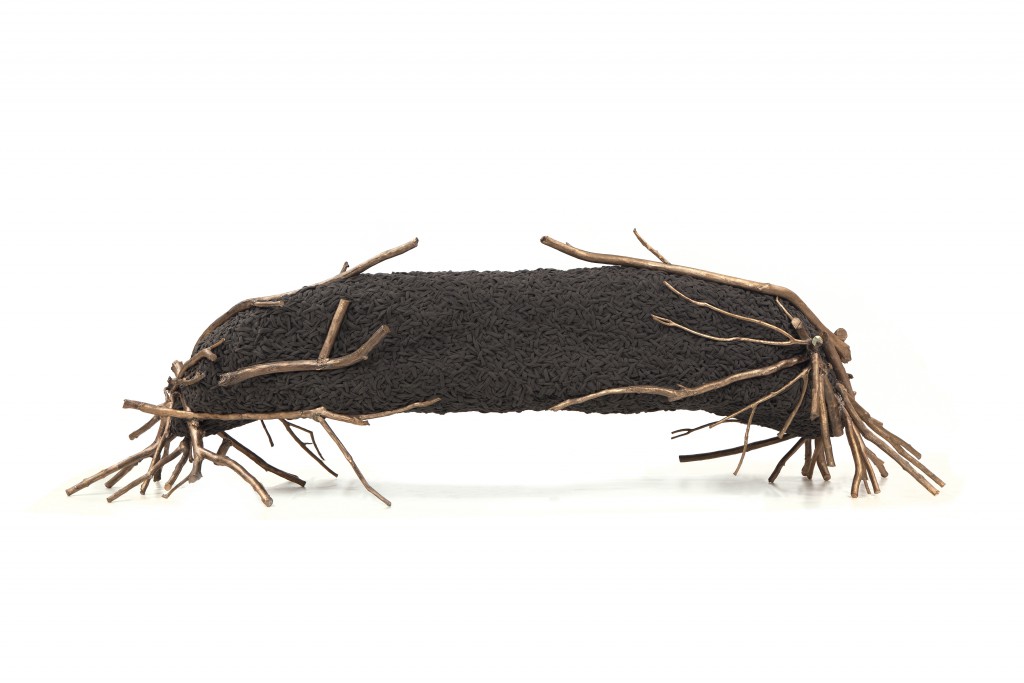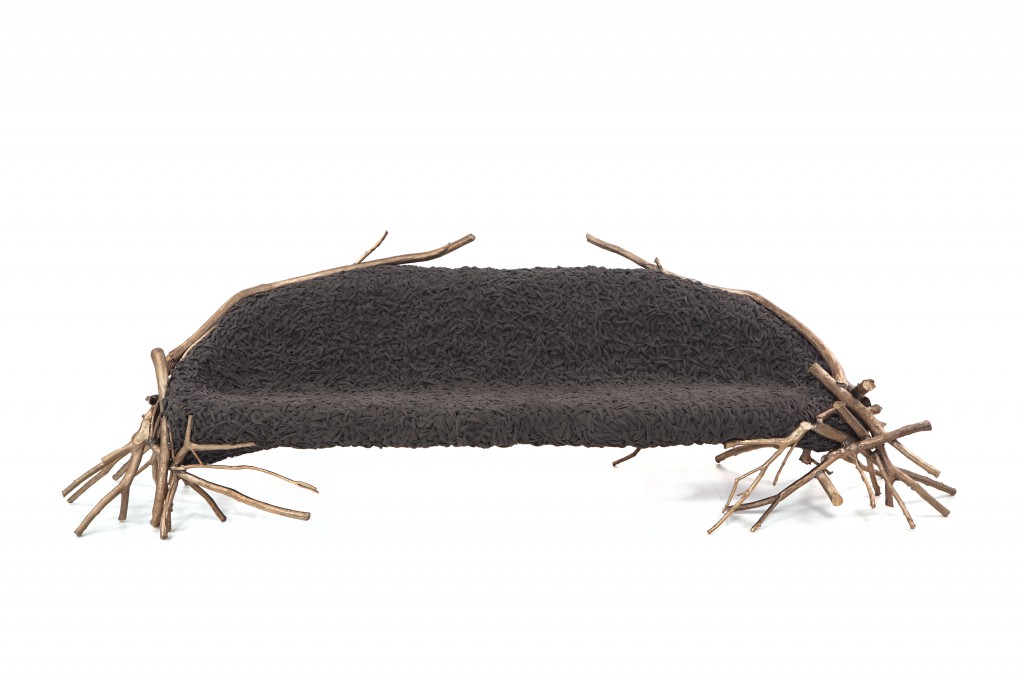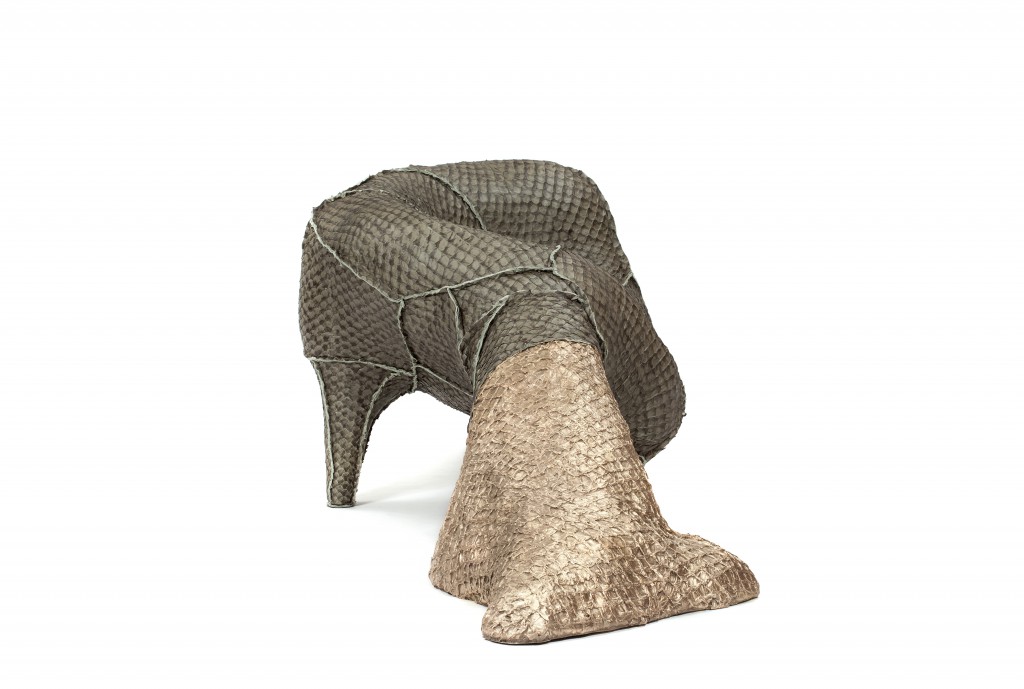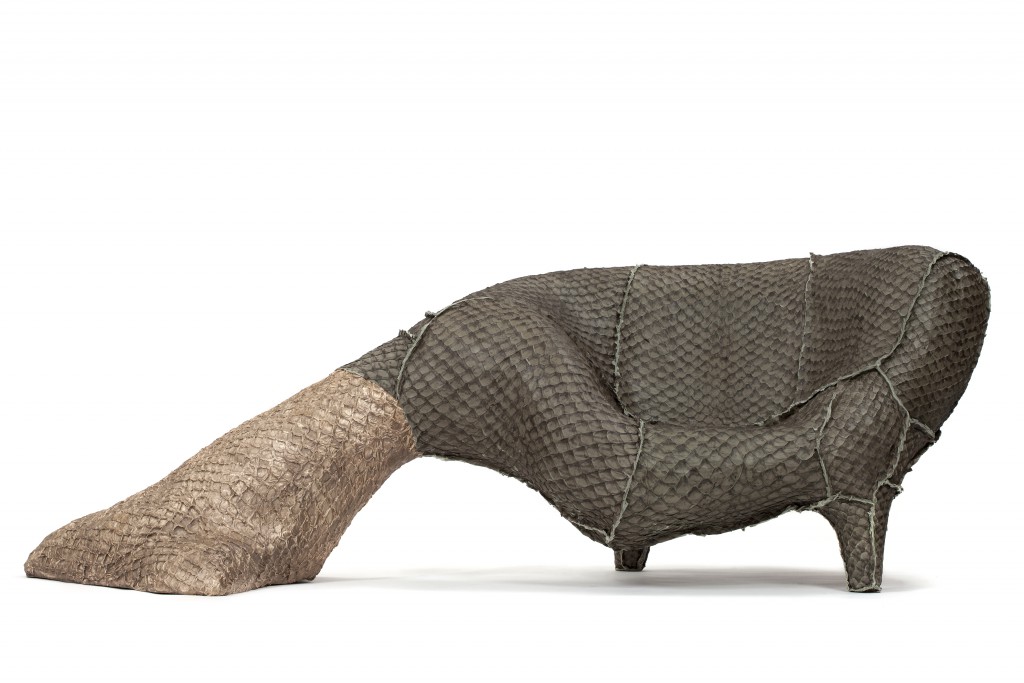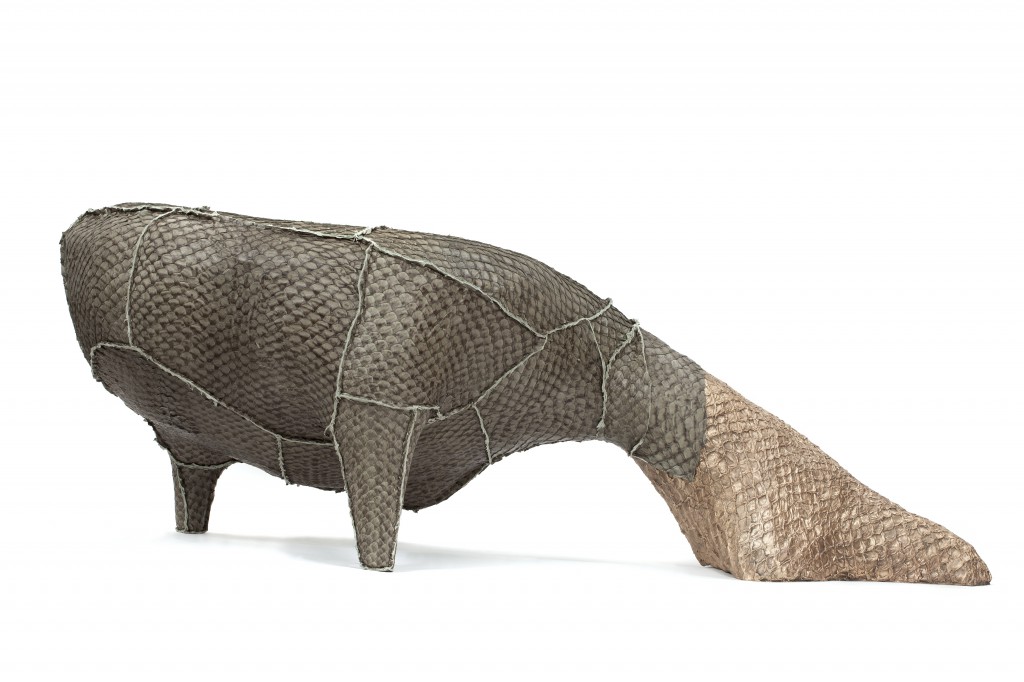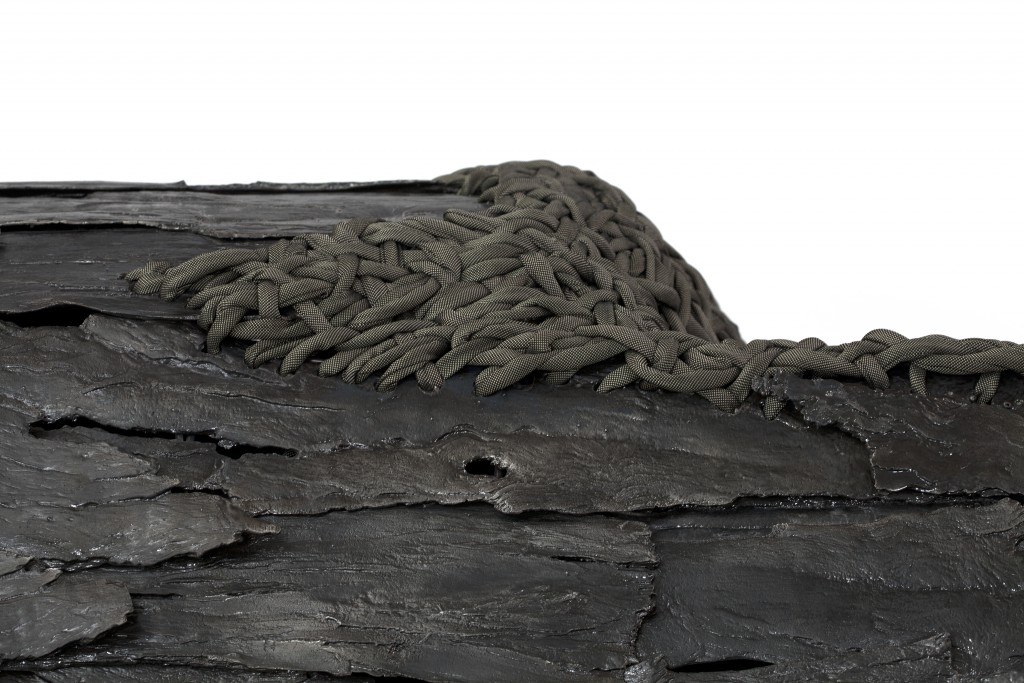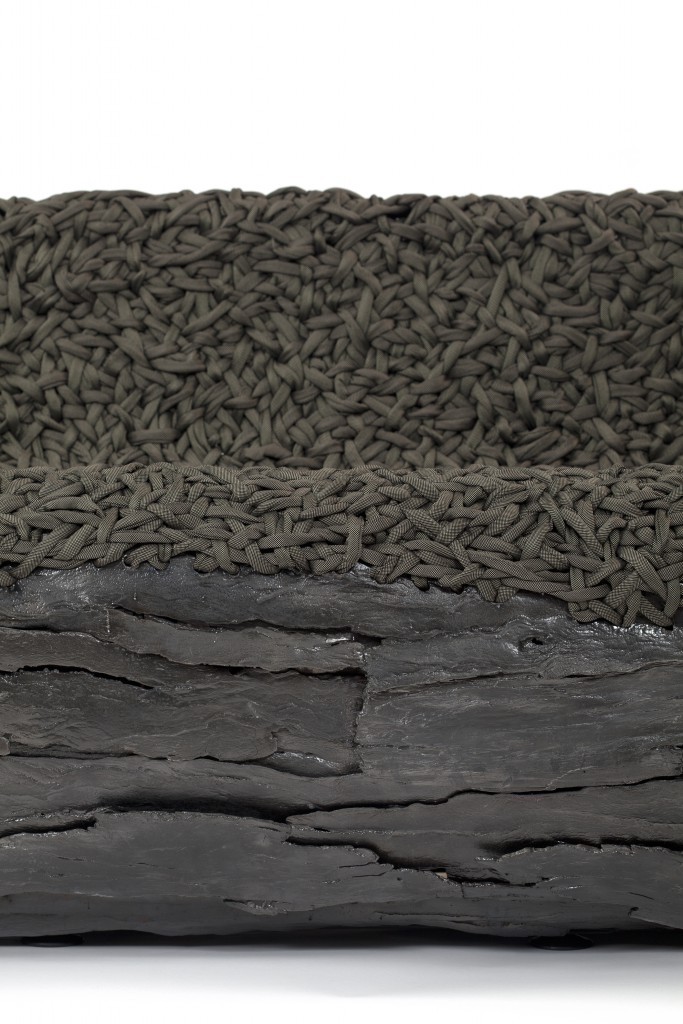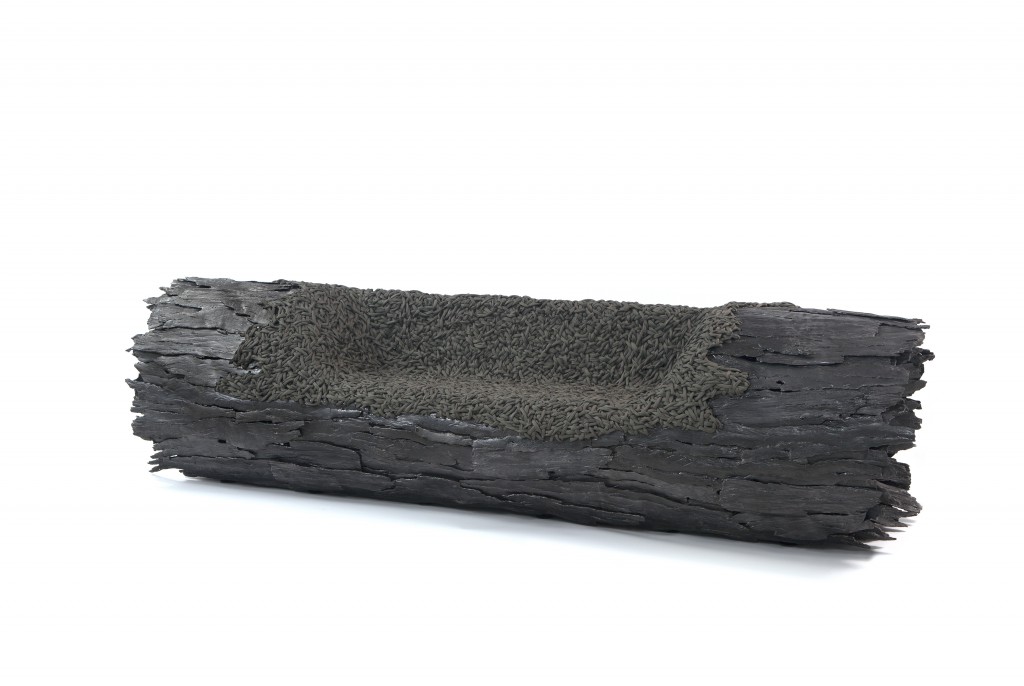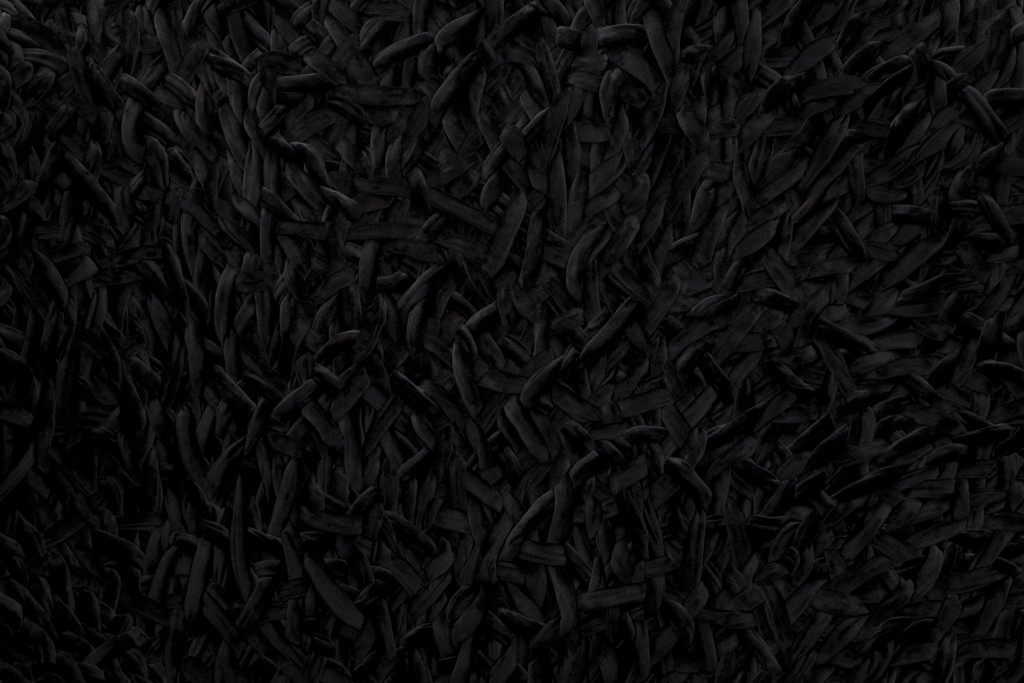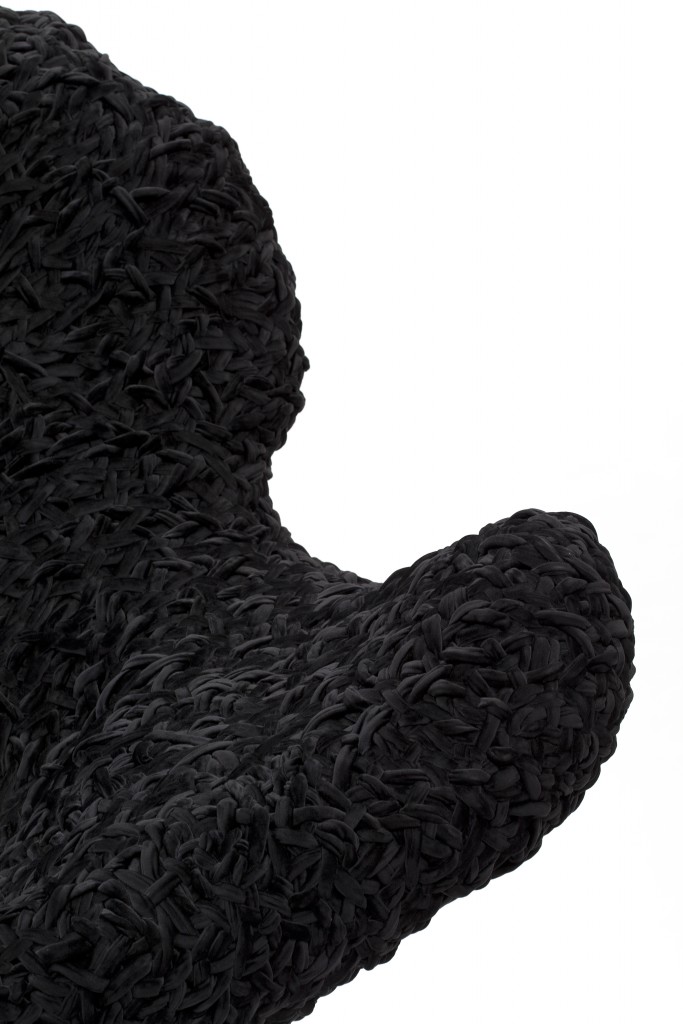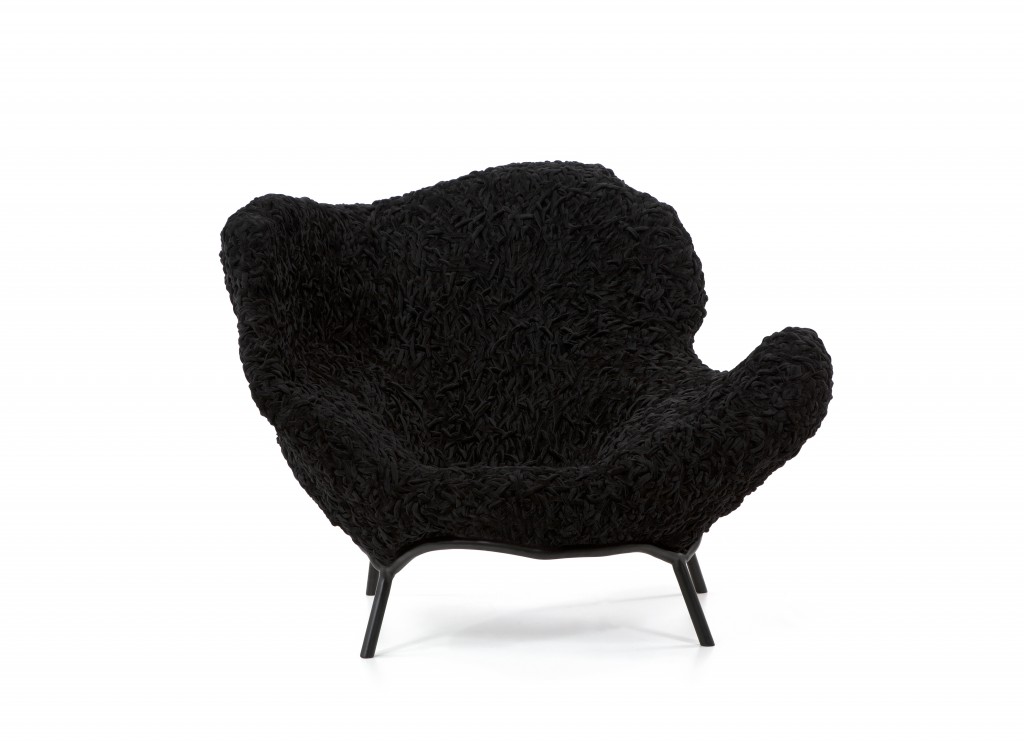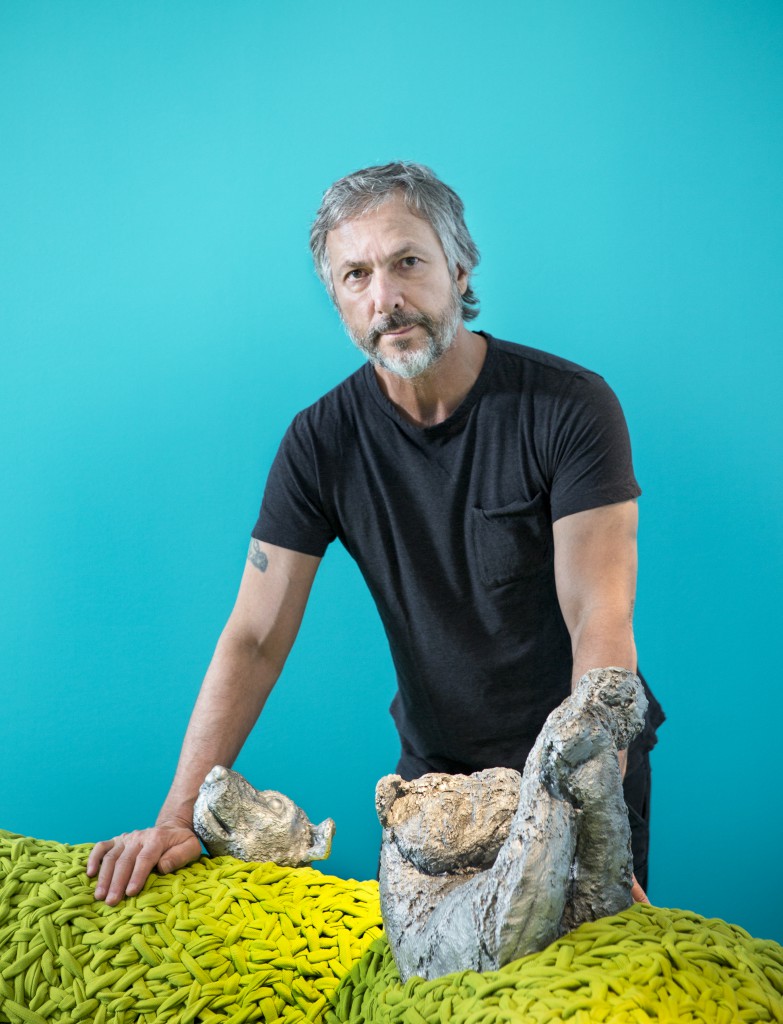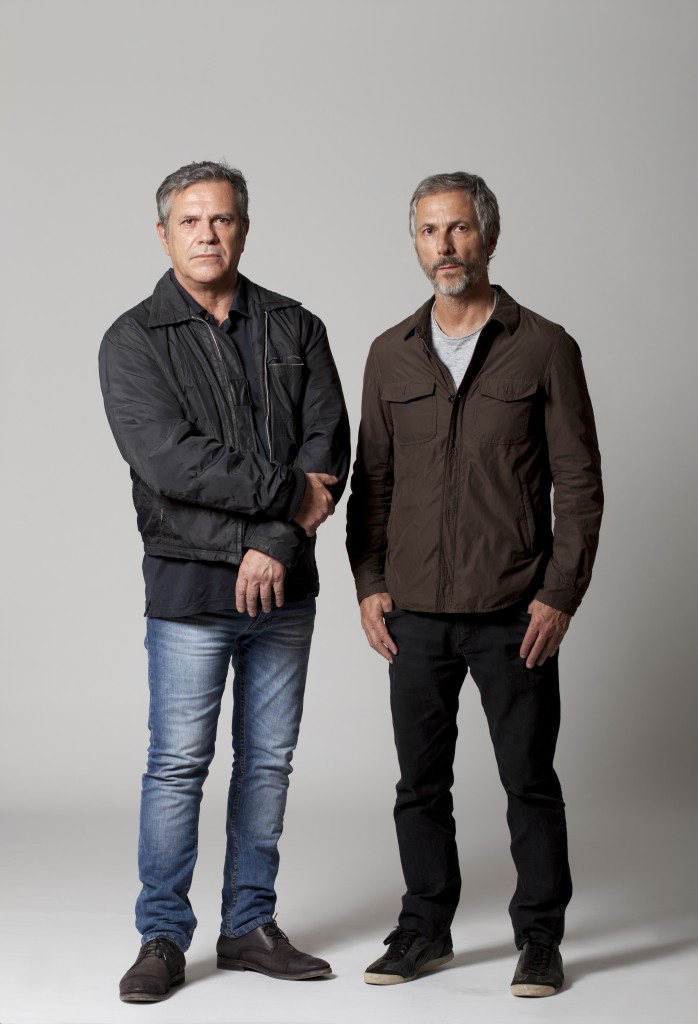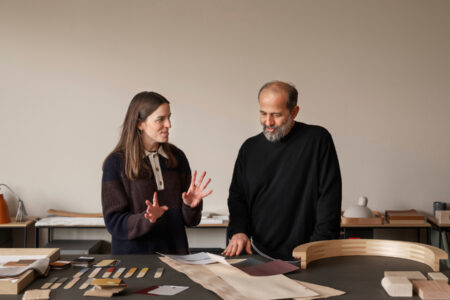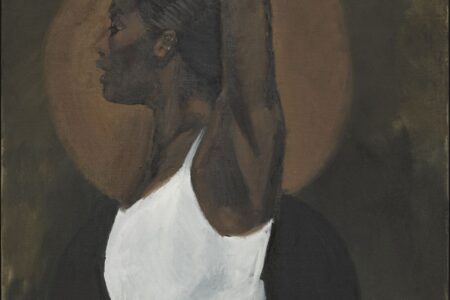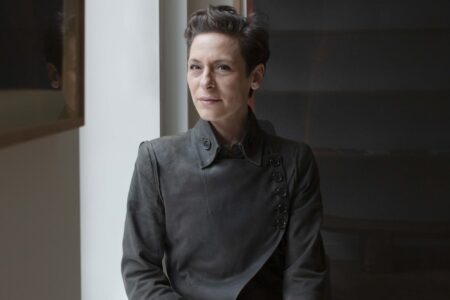Campanas’ Hybridism
The Campana Brothers debuts Hybridism at New York’s Friedman Benda gallery. Responding to a planet in crisis, the intuitively crafted and grotesque series incorporates animal forms, natural textures, woven textiles, and sustainably sourced materials in various furniture applications.
“It’s a request for salvation,” explains Humberto Campana when describing the Brazilian brother-duo’s latest Hybridism collection, on view at New York’s Friedman Benda Gallery till 14 October. A series of anthropomorphic, iconographic, sculptural, and materially-complex works allude to serious political and environmental questions about the fragility of nature and the results of human impact. Responding to their immediate surroundings and “a planet turned upside down,” the Campana brothers chose to foray into the artistic realm of personal expression and societal commentary rather than just the tried and tested functionality they are famous for.
Symbolically, a single bird appears to hold up a reversed mass of congealed animals while roughly woven textiles and almost petrified reliefs of natural wood reveal a dark vernacularity. These cast forms and natural textures are stacked and blended together as grotesque “monster-like” totemic forms or as the structural bases for intuitively crafted sofas, benches, chairs, and consoles. The collection – developed over the past decade – reveals a keen understanding of material exploration; formal and aesthetic excellence. Humberto Campana spoke to TLmag during a private tour, ahead of the exhibition opening earlier this month.
TLmag: From where did the idea of hybridism arise?
Humberto Campana: We as Brazilians are hybrids; the result of Portuguese colonialists mixed with indigenous people. Our identity has always been hybridised. For my brother and I, this aspect is very important. Our projects always start with a material but sometimes we want to incorporate other elements. However, we often like to work with two different components to achieve a third DNA.
TLmag: How did this translate into the cumulative collection?
For this exhibition, we wanted to this aspect to be strong in revealing our history; the elements around us, that effect us; what is the state of the world around us today? The planet is full of environmental devastation; political instability in Brazil, the United States, Korea, Venezuela. This exhibition is a request for rescue; when considering our earth and the animals that inhabit it. We trying to express that nature is fragile in sustaining our presence as human beings. Some of the pieces are named Noah. We wanted to chanel this idea as a starting point and to express it through the form of surrealism. The most important thing for us was make our message clear through the art; more than pure functionality.
TLmag: What specific materials did you work with for this collection?
H.C.: The Sereia Pirarucu is a chair produced by bronze-casting the skin of a fish that lives in the Amazon. There’s an NGO that supports locals who farm this type of fish, so that they do not have to cut down trees to make a living. They asked us to promote this initiative. Noah’s Bench and the Autumn Sofa were created using a technique we developed with Danish textile brand Kvadrat and Brazilian artisans. Cutting the fabric into tubes, we added plastic to give the woven material a new level of resistance. Establishing a new tradition, we asked the craftspeople to weave chaotically. The frame from the Autumn Sofa was cast from tree bark in recycled iron, which allowed us to imbue the series with a dark yet powerful tone.
Campana Brothers: Hybridism: till 14 October
Friedman Benda: 515 West 26th St. New York
